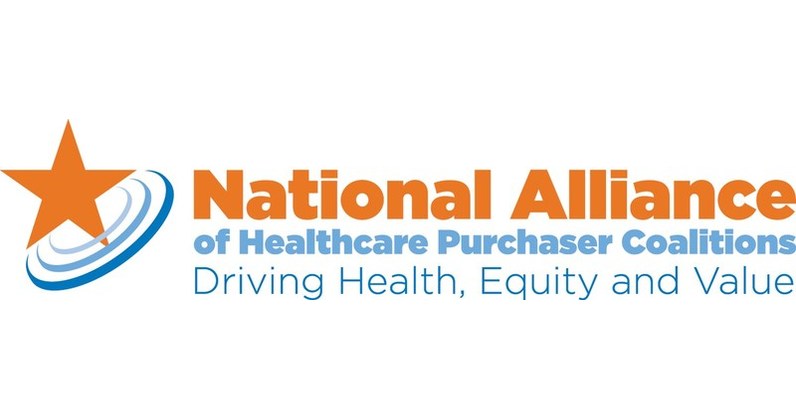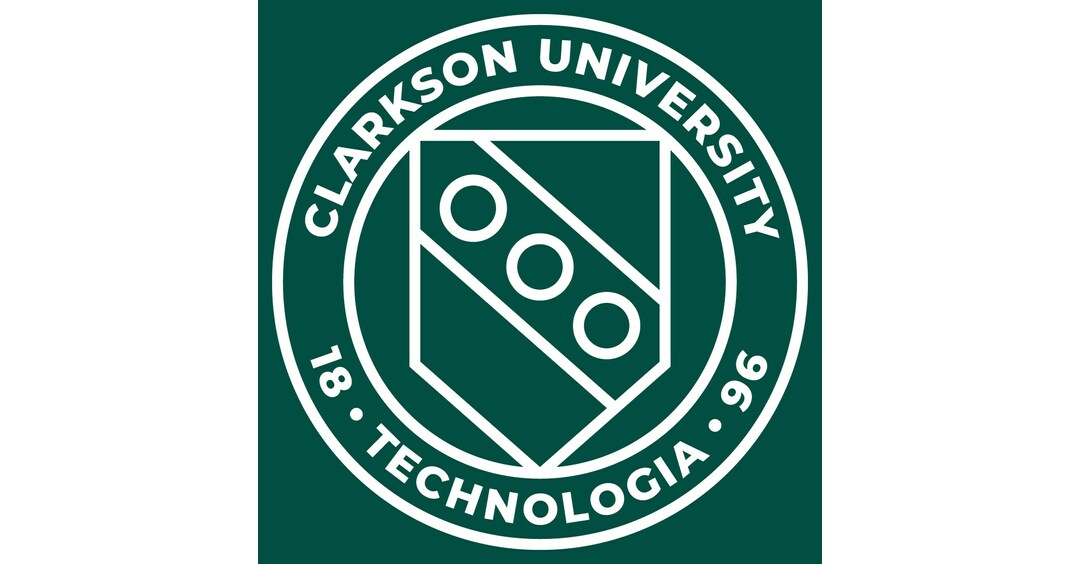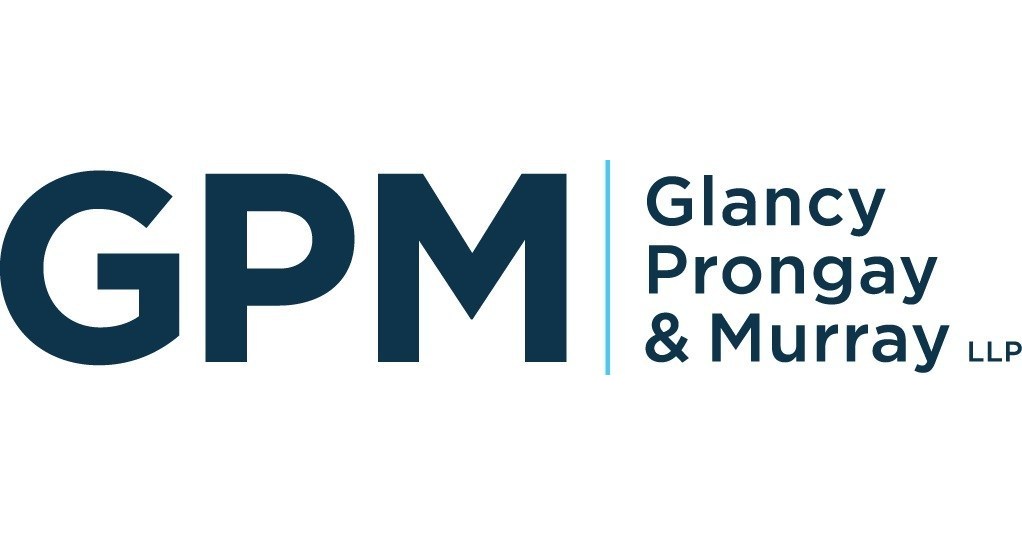WHEELING, W.Va., Oct. 15, 2025 /PRNewswire/ — Most residents in the Ohio Valley have not heard of Satartia, Mississippi, but a fast internet search reveals a cautionary tale for the Ohio Valley – carbon capture and sequestration (CCS) is a hazardous industry that if not done properly can release carbon dioxide into the atmosphere, displacing oxygen, which is what sickened residents in Sataria and caused emergency vehicles to stall. For this reason and more, FreshWater Accountability Project is sponsoring public information meetings next week to inform residents of plans for CCS along with the issues of concern about the proposed new industry in the valley.
CCS relies on significant government (taxpayer) incentives, requires vast amounts of water and energy, and if not adequately regulated, poses a hazard to the communities in which it operates. Historically, CCS has been primarily used for enhanced oil recovery (EOR) to pressurize oil and gas wells that have been depleted to recover more product, which would ultimately create even more CO2 emissions downstream when burned.
West Virginia has already obtained primacy to do CCS, which allows the state rather than the USEPA to regulate the industry. The Ohio legislature is moving to seek primacy as well in order to regulate and permit Class VI carbon sequestration injection wells. If Ohio’s Senate Bill 136 passes like the companion Bill 170 passed in the House of Representatives, the Ohio Department of Natural Resources (ODNR) could assume oversight for carbon sequestration. The ODNR has been challenged on its regulatory authority to adequately provide oversight to Class II injection wells which have been found to migrate out of the injection zone and into conventional wells. Concerns arise that political influence would allow yet another new and highly hazardous industry to be deployed while existing regulations lack the enforcement ability to ensure safe and permanent carbon sequestration from industrial sources. Current projects show that CCS facilities fail to capture promised emissions.
When it was found that carbon dioxide migrated outside the zone of sequestration, the US EPA shut down CCS at the Archer Daniels ethanol facility in Decatur, Illinois. Unlike the Decatur area, the Ohio River Valley has been heavily drilled for oil and gas with numerous injection wells added to sequester toxic, radioactive fracking waste. Concerns arise as to the ability to safely store super critical carbon dioxide in an area proliferated with many conventional and unconventional oil and gas wells, orphan wells, and Class II waste injection wells. The cumulative impacts of the underground pressurization of toxic liquids and the unknown, underground pathways for migration require strong regulations to ensure safety and protect ground and surface water before injecting more hazardous waste in the region.
A company, Tenaska, is leasing pore space and is planning to drill test wells in the tri-state region even though there is no regulatory framework in place. People are also concerned that landowners could be forced to allow CO2 sequestration as is done for fracking with unitization.
“The company has failed to provide adequate public participation and has not discussed the possible externalities and safety issues associated with transporting and storing a known asphyxiant in our communities.” stated Dr. Randi Pokladnik, Board Member of Ohio Valley Environmental Advocates.
“We do not know the cumulative impacts and threats to our water from all the thirsty industries coming to this area. With fracking using 14 million gallons on average per frack, with data centers needing massive amounts of water and now the water demands of the proposed carbon sequestration, Ohio should be doing a water study in Southeast Ohio like they did for Central Ohio. We do not want the Ohio Valley to suffer further environmental and economic harms as it has from a long legacy of extractive industries taking profits and leaving the legacy toxic waste and remediation cost with us,” stated Lea Harper, Managing Director of FreshWater Accountability Project.
Dr. Steve Jansto of Research and Development Resources, has concerns that the rush to deploy CCS is ignoring the corrosive properties of the waste product to be transported and sequestered. “My research and experience in the steel industry tells me that if the needed corrosion studies are not done in the rush to deploy CCS to take advantage of government incentives, there could be another Archer Daniels hazardous migration or Satartia disaster in the Ohio Valley. If the proper materials and regulations are not specified, the industry could reap short-term profits at our long-term loss.”
Information meetings will be held Monday, October 20th, at the Ohio County Public Library, 52
16th Street in Wheeling, WV from 6:00 – 8:00 pm and at the Mary H. Weir Public Library in Weirton, WV on Tuesday, October 21 from 5:00 pm – 6:30 pm. For more information, call 740-208-2042, email [email protected] or visit carboncapturefacts.org.
Contacts:
Dr. Randi Pokladnik, Board Member, Ohio Valley Environmental Advocates [email protected], 740-922-5212
Lea Harper, Managing Director, FreshWater Accountability Project [email protected], 419-450-7042
SOURCE FreshWater Accountability Project Ohio





